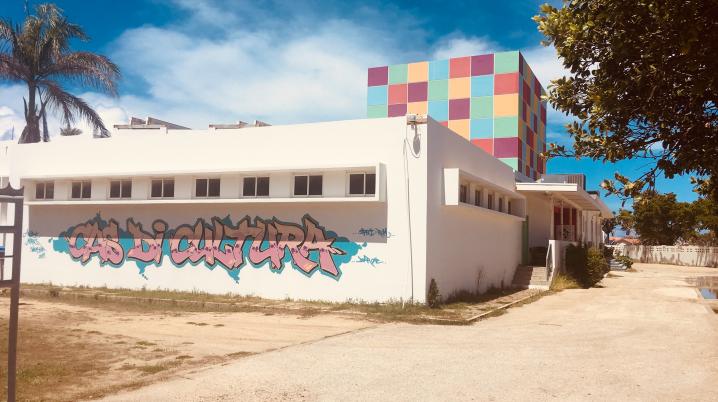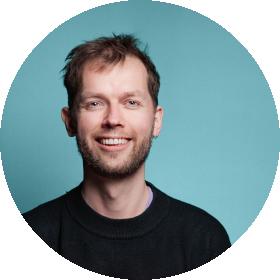
In September 2019, Creative Europe Desk adviser Maxime Zeef visited the Dutch overseas territories of Curaçao and Aruba. The reason for the visit was the opening of the EU Desk on Curaçao in December 2018 and a conference about Creative Europe. The eligibility of the six Caribbean islands – Curaçao, Aruba, Sint Maarten, Bonaire, Sint Eustatius and Saba – to participate in the Creative Europe programme is a fact that deserves more attention and awareness.
OCTs
Due to the islands’ special relationship with the Netherlands, they are denoted by the European Union as Overseas Countries and Territories, or OCTs. These islands belong to an exclusive group of islands having access to various European programmes, such as Erasmus+ and Horizon2020. Besides the Netherlands, there are three other European nations with associated OCTs: the United Kingdom, France and Denmark. Go here to see the list of OCTs.
Whereas other EU programmes, such as Erasmus+ and Horizon2020, are well represented in the islands, a report by OCTA – the European association for these territories – revealed that an OCT has never yet received a grant from the Creative Europe programme.
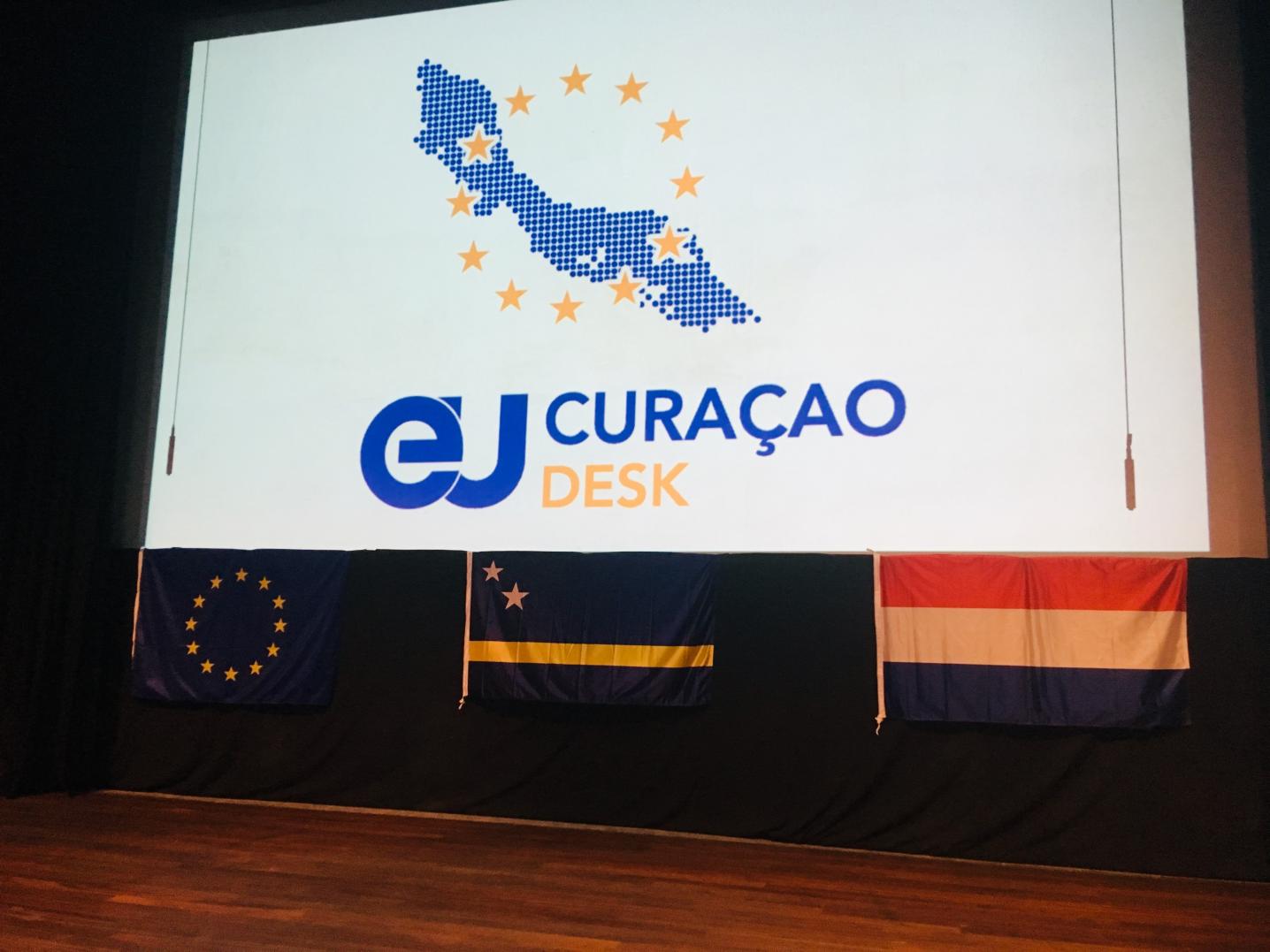
Vibrant cultural sector
At the same time, these islands are home to lots of wonderful creative activities. Various organisations work on valuable cultural projects with boundless enthusiasm and dedication. During my trip I was able to visit several people and projects, which gave a good impression of all that goes on in the cultural sector. For example, on Curaçao I visited NAAM (National Archeological Anthropological Memory Management), which is a small organisation doing incredibly important work in the field of anthropological archaeology. Another example is Kaya Kaya, an organisation based in Otrobanda, Willemstad, which organises a major Street Culture Festival every year. “The festival is a way of bringing different people together and is a positive stimulus for the neighbourhood. We do so in close cooperation with Fundashon Ser’i Otrobanda,” explains Kurt Schoop, one of the founders of Kaya Kaya. The organisation works throughout the year to improve the neighbourhood, for instance by painting houses, organising clean-up campaigns, and adding greenery to public space. “We are trying to develop the neighbourhood in a sustainable manner.”
Also on Aruba I found lots of people passionately devoted to cultural projects. I visited Cas di Cultura, a theatre with an enterprising attitude and beautiful premises that organises several programmes every year, and also Unoca, a foundation stimulating Aruba’s development since 1986. The islands are furthermore home to numerous educational youth projects and ventures devoted to preserving cultural heritage.
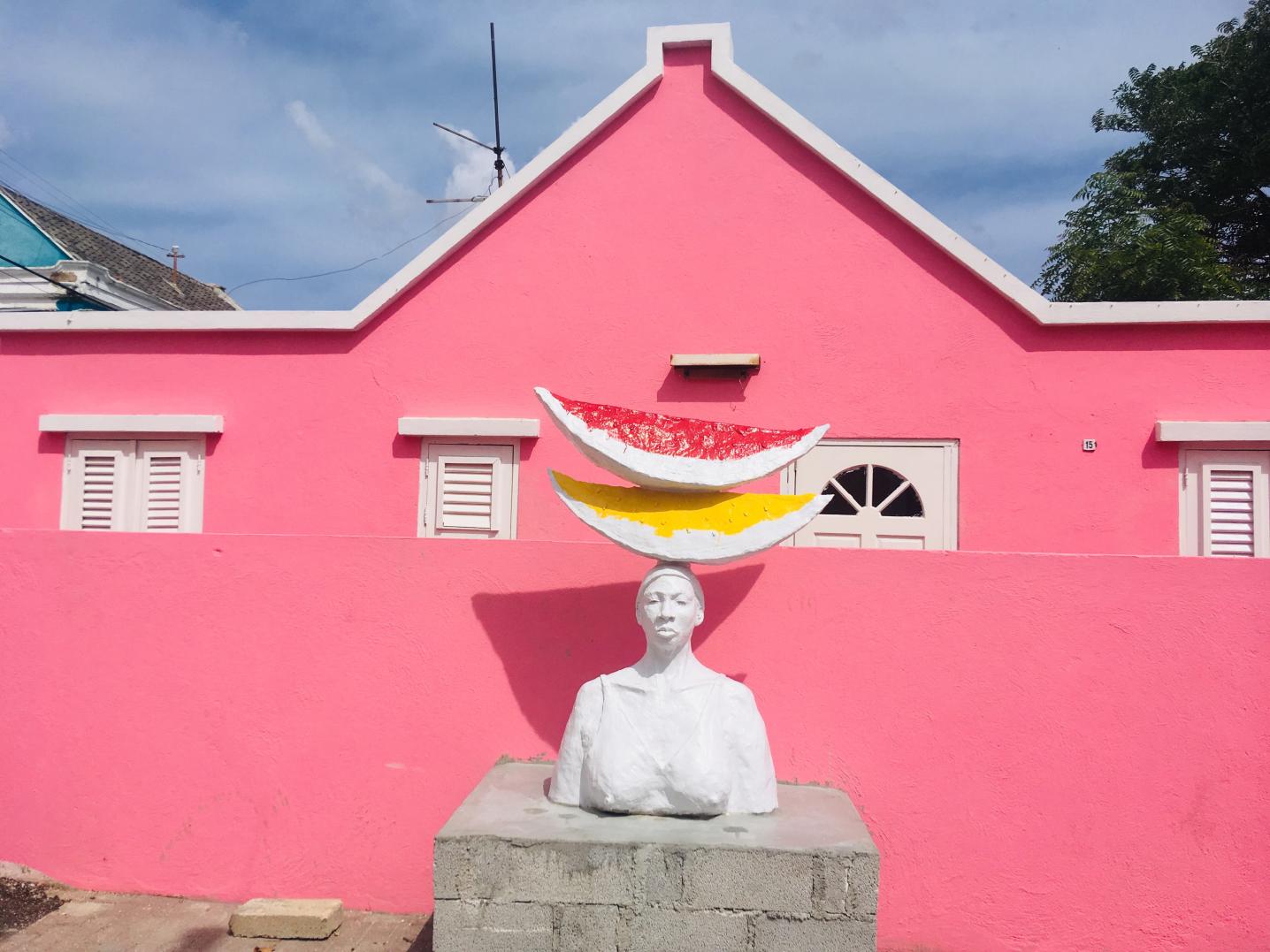
Challenging situation
Still, cultural entrepreneurs often find themselves in a challenging situation. The national infrastructure is often inadequate to support a flourishing cultural sector. As the public authorities tend to prioritise other sectors, there is little funding available, as a result of which the cultural sector can barely develop further. This makes international cooperation an effortful endeavour. Also, most of the organisations on the islands are strongly focused on the respective island, or on the region. It seems more obvious to work with partners on the mainland of Latin America or even North America, than with European partners. But from the many conversations I had it also emerged that people are often unaware of the possibilities offered by Europe, or even of the national possibilities offered by the Netherlands.
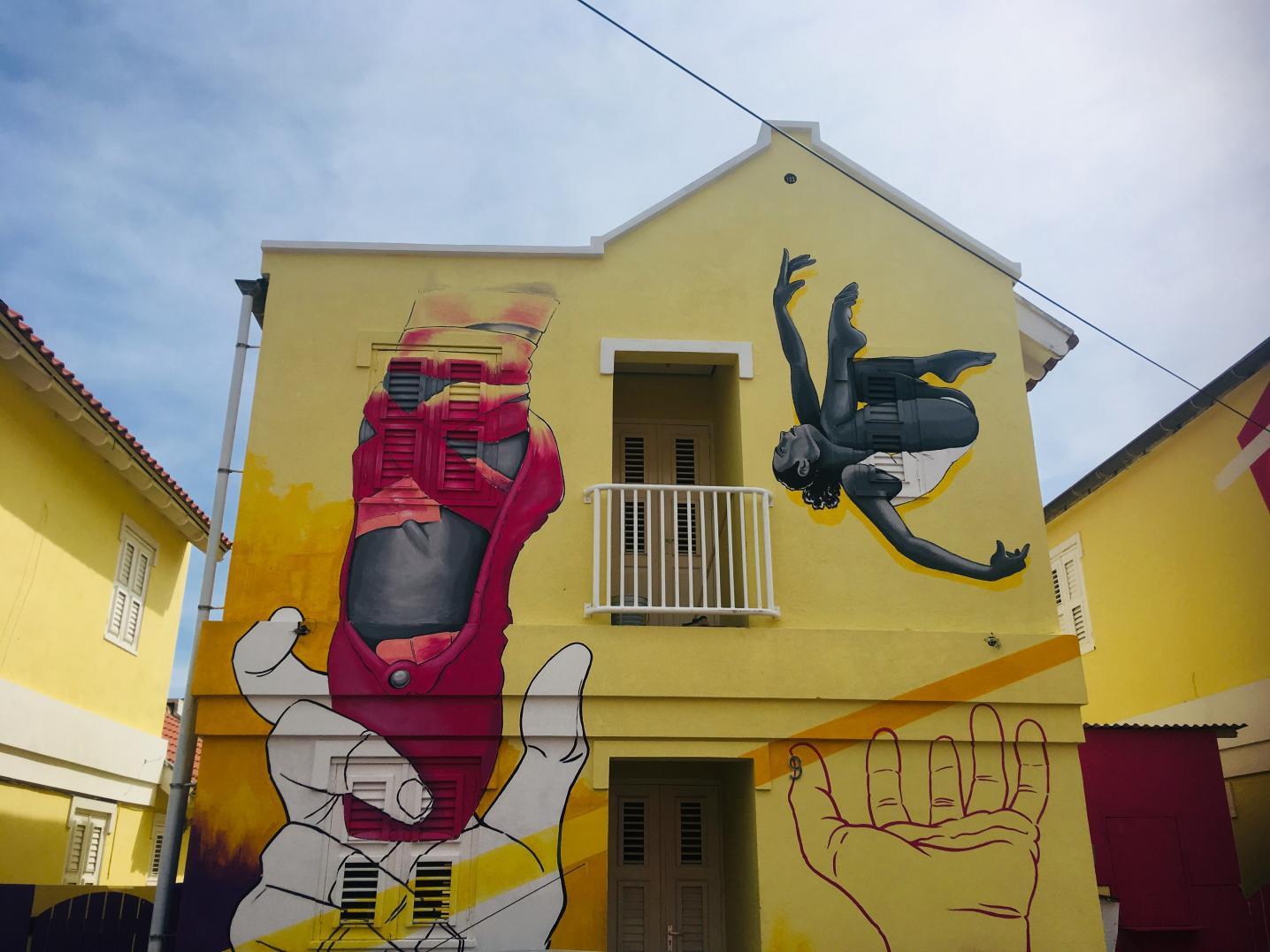
More knowledge and information
Although we, in Europe, cannot arrange more public funding for culture there, we can help the cultural sector there by providing and facilitating access to relevant knowledge and information. For example, the six state funds (Creative Industries Fund NL, Mondriaan Fund, Performing Arts Fund NL, Cultural Participation Fund, Dutch Foundation for Literature and the Netherlands Film Fund) all offer grant programmes for which the Dutch OCTs are eligible. The funds’ contact persons are always available to discuss the options and to offer advice.
Also, a joint document is in the making that highlights and explains the specific grant programmes that are relevant to OCTs. The Creative Europe Desk will furthermore make a special effort to spread knowledge and information about the European programme. This includes, for instance, the possibility of finding partner organisations. There are several databases that facilitate the search for partners or projects for a European project. From 2020 on, and certainly in the new Creative Europe programme (starting in 2021), the Creative Europe Desk NL will invest more in knowledge facilities for and about the Caribbean Netherlands, by means of visits, webinars, sharing publication materials, and more.
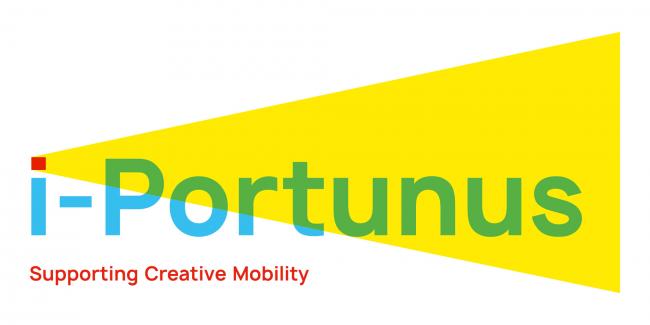
i-Portunus
Although it can prove difficult to benefit from certain Creative Europe programmes (applications can be work-intensive, it requires matching funding and the competition can be fierce), the intention is to also have more easily accessible programmes. For instance, the recently selected and funded mobility platform i-Portunus has been launched: a Creative Europe grant to which artists can apply to (help) cover travel expenses when participating in an international cultural project. This grant is explicitly accessible to OCTs as well. The programme will open again in 2020 for certain disciplines, so interested parties should keep an eye on the i-Portunus website.
Do you have any questions? Please contact Albert Meijer at the Creative Europe Desk NL, the EU Desk in Curaçao or Gerlien Croes at the EU Desk in Aruba.
